The Hustle that is Glo 4G LTE
Save for their cheap data plans, Globacom Nigeria is assumed to have the worst network reception and the slowest internet connection in most areas of Nigeria. In truth, Glo’s generous data plans seem to make up for a pretty unreliable service to most of their customer base. I’ve owned a Glo SIM card for a few years now. And for a while, admittedly, I’ve had to settle for painfully slow connection speeds in favor of the low price.
But that narrative changed with their adoption of 4G LTE service. Glo currently provides the fastest, and most consistent internet connection across most parts of Nigeria — However, only to users on their 4G LTE network. The bad news though; having a 4G enabled sim is not enough to get on the blazing fast network. There’s two major reasons you can’t seem to get LTE service even with a 4G enabled phone and sim card.
GLO’S UNSUPPORTED CELLULAR BANDWIDTH
(a little backstory)…Frequency Bandwidths are channels of broadcasting used by the likes of MTN, Glo and even Radio stations. In order to connect you to a network, your phone simply tunes in to that specific bandwidth — very similar to a radio tuning into 92.9 Cool FM or 98.3. Similarly, each data service has specific frequencies. For 3G connections, most Nigerian network providers broadcast their signals over Band 1 (2100Mhz). To that end, virtually all phones sold in Nigeria support Band 1.
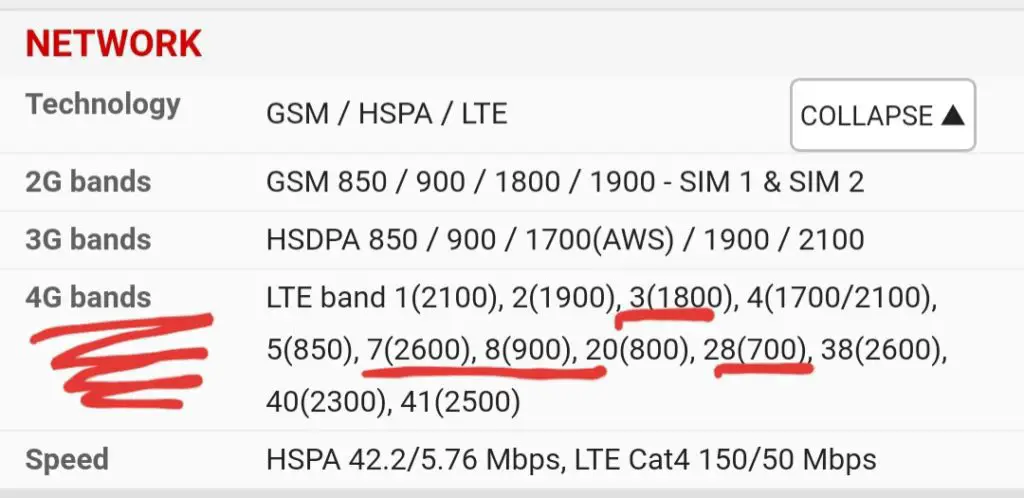
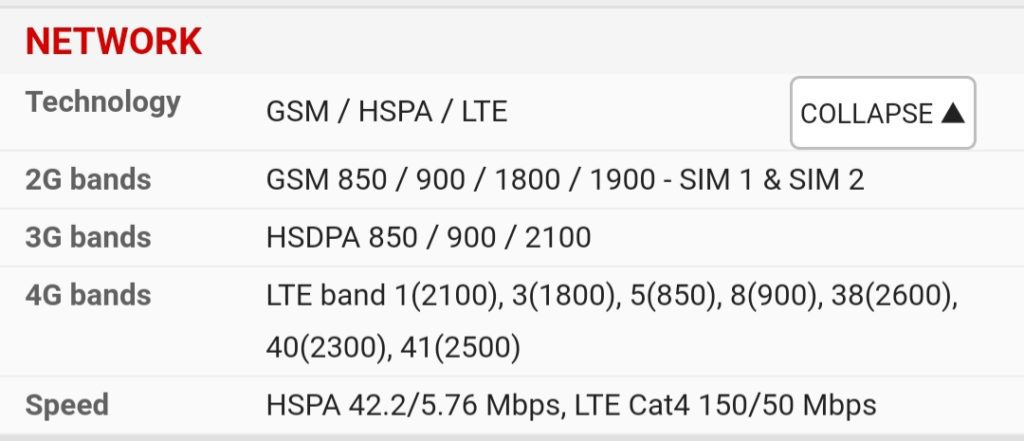
With the coming of 4G/LTE, things got a bit more complicated. Special, dedicated bandwidths were required. Kind of like new radio stations. Airtel, MTN and 9mobile chose to keep transmitting on default, widely used bandwidths. Glo however, picked a very queer Band 28 (700Mhz) to carry their 4G LTE signals.
LTE FREQUENCY DISTRIBUTION TABLE.
| CARRIER | 4G/LTE BANDS | FREQUENCIES |
| MTN | 7, 20 | 2600MHz 800MHz |
| Glo | 28 | 700MHz |
| 9Mobile | 3 | 1800MHz |
| nTel | 3, 8 | 1800MHz 900MHz |
And that’s where the problem is. Most Smartphones made for Nigeria don’t support that bandwidth (band 28). On the other hand, iPhones, Samsungs, Nokias and phones made for US all seem to support it. Even high-end models of Infinix and Tecno; Zero 6 and Phantom 9 for instance, carry support for Glo’s special band 28. Still unclear what this means? Well, you’re stuck on the super-slow Glo 3G till you get a phone with Band 28 support.
To save costs, smartphones only connect to a few select bands (mostly the major ones). So if you don’t check, you could end up stuck on 3G when you have a 4G phone; Just like with Glo right now.
ONE MORE THING..
So you’ve gone and gotten yourself a premium Smartphone with Band 28 support, popped in a newly activated 4G/LTE sim card, enabled 4G from network settings… But you can only still see 3G; H+ at best. That has to be frustrating.
Well that brings us to the second problem. Even after checking all the above boxes, It turns out their LTE service is available as a very limited service made available on request. Meaning you still need to call customer care (and ask nicely), for their 4G service to be enabled on your SIM card. And I don’t mean texting 4G to a shortcode. Your number needs to be logged and set-up. Now I know getting to speak with a Glo customer rep can be tedious. They can make you wait several minutes on bad days. But it’ll all be worth, don’t worry. This is the final hurdle standing between you and a steady, fast and cheap 4G/LTE connection.
Be certain the support rep understands your request. If they don’t, ask to speak with their technical team. The keywords “No 4G Logo” and “LTE dummy bundle” should make things clear. Following that call, a message that your issue would be addressed in 48hrs would be sent to you. And within that time, you should get a confirmation.
N.B: After the confirmation message, LTE may show up immediately or you may still need to call again and wait up to 72 more hours.
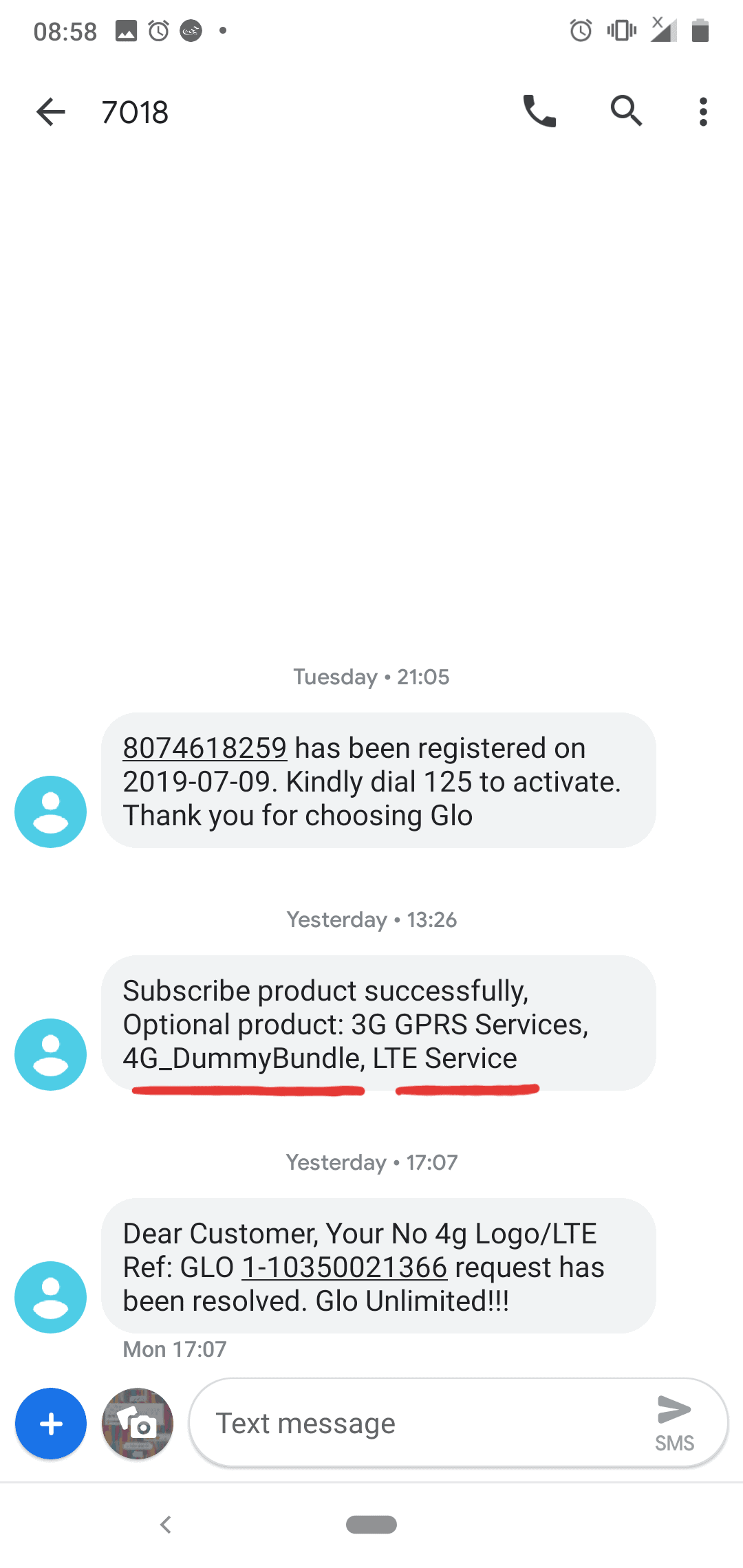

LTE should appear in a short while
Here’s a helpful article on even more LTE bandwidths and phones that support them in each price category. Leave a question in the comment section. And click one of the buttons below to share this article. Your friends deserve 4G too.


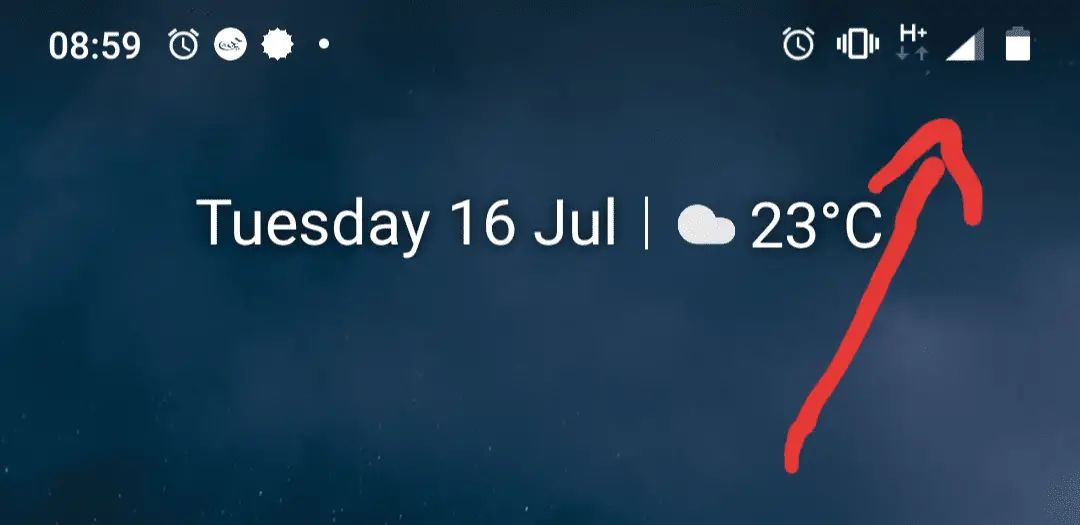
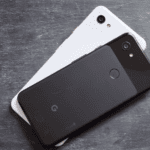
Leave a Reply